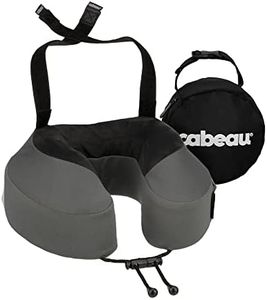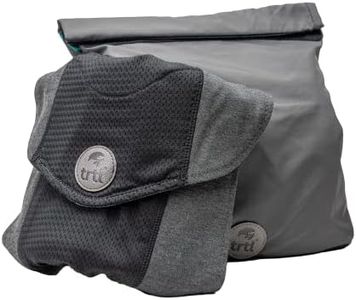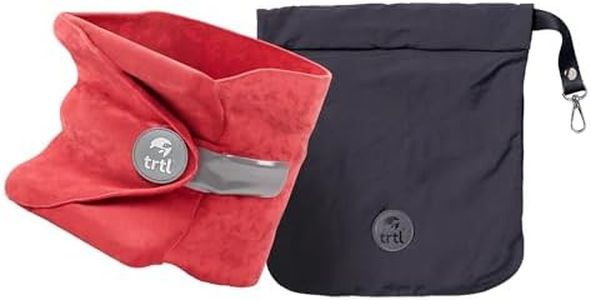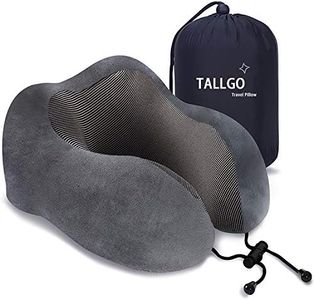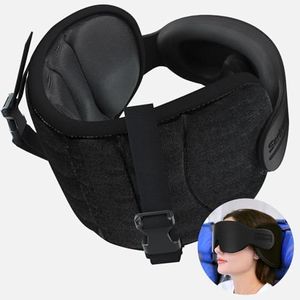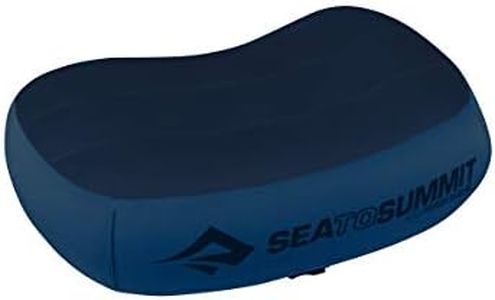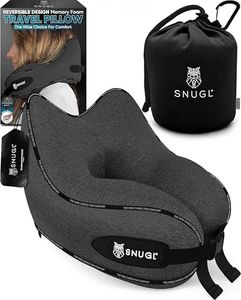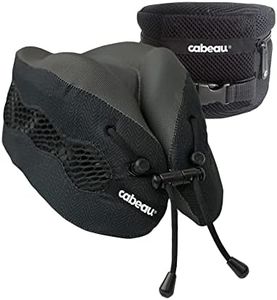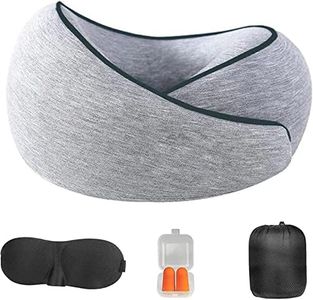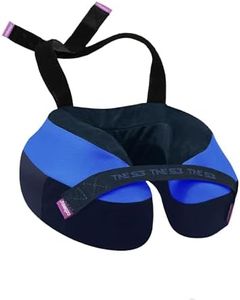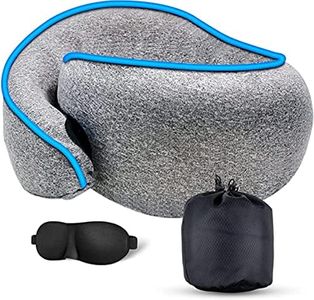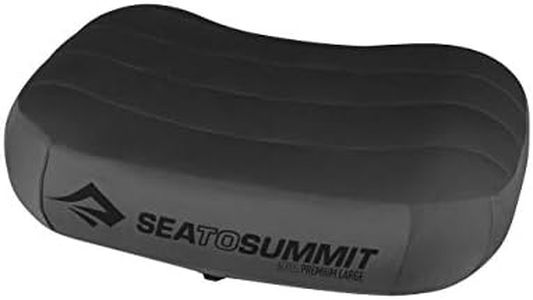We Use CookiesWe use cookies to enhance the security, performance,
functionality and for analytical and promotional activities. By continuing to browse this site you
are agreeing to our privacy policy
10 Best Airplane Travel Pillows
From leading brands and best sellers available on the web.Buying Guide for the Best Airplane Travel Pillows
Choosing the right airplane travel pillow can make a big difference in how comfortable you feel during a flight, especially if you want to rest or sleep. Since everyone’s neck and sleeping habits are a bit different, it’s helpful to know which pillow features matter most. When shopping for a travel pillow, pay attention to the design, materials, size, and other features that can affect how well it supports you and fits in with your travel needs. Taking the time to understand these points will help you find a pillow that keeps you comfortable from takeoff to landing.Pillow Shape/DesignThe shape or design of a travel pillow is about how it will support your head and neck. The most common types are the classic U-shaped pillows, wrap-around designs, and rectangular or convertible pillows. U-shaped pillows fit around your neck and help keep your head upright, which is useful if you tend to nod off and have your head tip to the side. Wrap-around and structured pillows offer more stability and can be better if you have neck pain or want more support. Some even cover the chin or have adjustable sections. If you often fall forward or to the side when sleeping, a structured or supportive design may suit you better, while more flexible, traditional shapes may be fine if you mostly need gentler support.
Filling MaterialTravel pillows are filled with materials like memory foam, microbeads, inflatable air chambers, or polyester fiber. Memory foam is known for providing good head and neck support as it molds to your shape, but can be less compact for packing. Microbeads are lightweight and flexible but might not offer as much support. Inflatable pillows save the most space because you can deflate them after use, but might not feel as comfortable over long flights. Think about how important packability, firmness, and support are to you when choosing the filling. If you value space-saving, an inflatable one is ideal. If comfort and support matter most, memory foam is a strong choice.
Cover MaterialThe cover material affects how the pillow feels against your skin and how easy it is to keep clean. Common materials are soft velour, cotton, or synthetic fabrics. Some covers are removable and washable, which is helpful for travel hygiene. If you have sensitive skin or allergies, look for materials that are hypoallergenic and breathable. For people who get hot easily, breathable or cooling fabrics are more comfortable. Always check whether the cover can be removed and washed, especially if you travel frequently.
Size and PortabilitySize refers to both the dimensions of the pillow when in use and how compact it is for packing. Portability is important since you’ll be carrying this with your other travel gear. Some pillows are bulky but offer more cushion, while others fold, roll up, or deflate to fit into a small pouch. If you travel light or have limited space in your carry-on, go for a compact or inflatable pillow. If you prioritize plushness and don’t mind a little bulk, larger memory foam models might fit your needs.
Adjustability and ExtrasFeatures like adjustable straps, firmness settings (in the case of inflatables), or added elements like hoods and chin supports can change how the pillow feels. Adjustability means you can make the pillow fit your personal comfort level or secure it to your bag when not in use. Some pillows offer earplugs, eye masks, or attach to your seat, which can make your trip even more pleasant. Decide which extras add real value for you and focus on those rather than just having more features.
